Skin types and structure
If you are wondering what is your skin type, and the anatomy of your skin, I’m going to explain you all you need to know. That ways, you can understand more the origine of any skin issues.
What is your skin type, and the anatomy of the skin? I’m going to explain you everything, plus skin condition and mental health relationship
Indeed, I studies aesthetic and cosmetology very deeply, with amazing Doctor during my graduation. Luckily, I had amazing teachers that was teaching at the medicine university. It’s a great pleasure today to share with you a bit of my knowledge! Hopefully, that will help to care more about your skin, understand
The tissues of the human body
Before explaining how to take care of your skin, it seems essential to me to know it well. The human organism is made up of several types of tissues :
- Nervous
- Musculars
- Conjunctive
- Epithelial

The skin, a very important organ
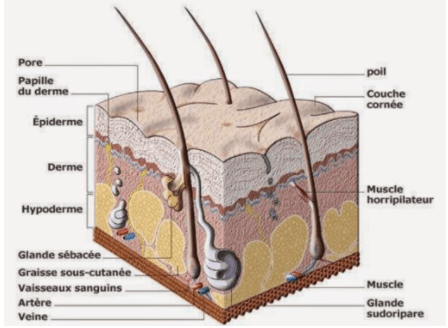
The skin is made up of several layers of tissue, forming together the largest and heaviest organ of the human body, and constituting a protective barrier for the body.
On the surface of the skin lives a cutaneous flora that protects it from pathogenic microorganisms. It also has a permeable envelope and prevents the entry of microorganisms into the body through a healing mechanism.
Thanks to the production of melanin by melanocytes, it is also a protection against the sun.
It also regulates our body temperature through sweating, and the hair found there also as a vestigial means of fighting the cold.
You will notice that the skin hosts many nerve endings to perceive touch and pain.
Skin structure
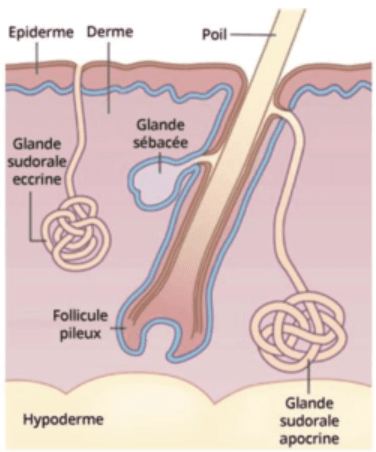
- The epidermis (epithelial tissue)
- The dermis (connective tissue) in which the blood vessels are located
- The hypodermis (adipose tissue) not considered as a skin layer
In the dermis there are 2 types of glands:
- Sebaceous glands
Secrete sebum limiting skin lipidation, plays a bactericidal role (kills bacteria), and lubricates the hair.
- Eccrine and apocrine sweat gland
The eccrine sweat glands are found on the skin in general with the exception of certain areas, and their role is to produce sweat to regulate body temperature and moisturize the skin.
The apocrine sweat glands are located towards the anus, genital area, armpits, nipples. They depend on sex hormones and its responsible for the specific smell of the individual, and their higher fat content.
How to know what is my skin type?
I will explain you the criteria of each skin type so that you can have an idea about what is your skin type.
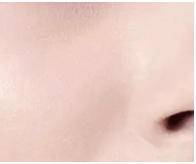
- Normal (or balanced)
Balanced, non-sensitive skin. Soft to the touch, tightened pores, even complexion.
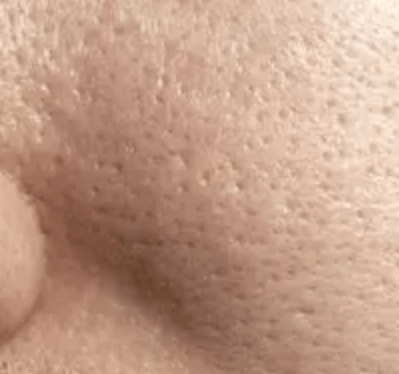
- Oily
Linked to an overproduction of sebum. Visible pores, blackheads, small spots, shines, dull complexion, resistant and slowly aged.
- Mixed
Oily T-zone (forehead and nose), normal to dry cheek, neck and body skin.
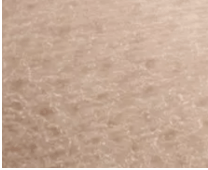
- Dry (alipidic or dehydrated)
Less sebum production, not enough lipids to retain moisture to protect it, dehydrated corneal layers. Fine, prone to flaking, frequent rosacea, almost invisible pore.
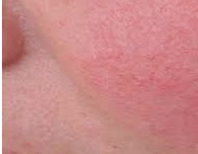
- Sensitive
Very reactive to external aggressions including changes of atmosphere, redness, irritation, frequent allergies.
- Atone
Age-related but can be accelerated by lack of care. Lack of tone and elasticity, fine, marked wrinkles, pale.
How to take care of my skin, according to my skin type?
Excellent question, and you are going to find your answer in my article SECRET FOR NATURAL BEAUTY. As the name mention, it’s all natural skin care solutions… with even some DIY recipe: enjoy!
If you have any questions or concern, feel free to contact-me, or join my facebook page to leave your comments. If you ask yourself a question, it’s very likely that others have the same question… so I can answer in a live or on my youtube channel!
FEEL FREE TO CONTACT ME FOR A FREE CALL !
Let’s see how can I help you in presence or with remote session.
You learned some informations in that articles?
⬇️ Please share it on SNS to help your friend that has skin issues ⬇️
And feel free to leave you comment below, ask your questions, or write us at contact@bodymind-therapy.com

